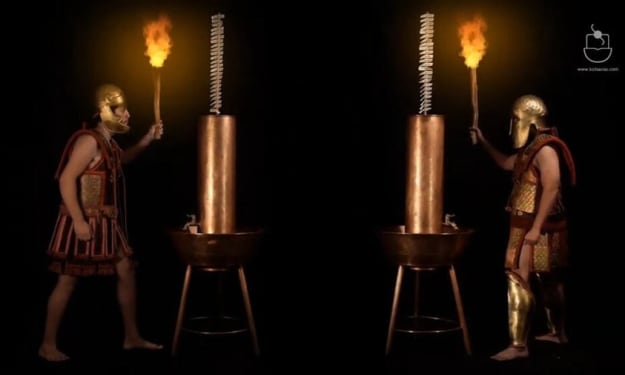A Journey Through American History
How America Was Forged

Although American history is lengthy and intricate, the following provides a broad overview:
The Arrival of Europeans and Early Inhabitants:
More than 15,000 years ago, Paleo-Indians moved to North and South America.
The arrival of European explorers such as Christopher Columbus in the late 15th century marked the beginning of colonisation.
Colonial Era and Revolution: Between the sixteenth and seventeenth centuries, Britain founded thirteen colonies along the Atlantic coast.
The colonists' and the British government's tensions increased because of problems with taxes and representation.
The American Revolution began when colonists fought for their independence in 1775.
The United States of America was proclaimed to have been founded in 1776 by the Declaration of Independence
Following American triumph and British acknowledgement of American sovereignty, the Revolutionary War came to an end in 1783.
The weak central authority established by the Articles of Confederation was a feature of the early republic and westward expansion.
Drafted in 1787, the Constitution established a more powerful federal government with checks and balances.
Basic liberties and rights were ensured by the 1791 ratification of the Bill of Rights.
Territorial expansion resulted from the Louisiana Purchase in 1803 and westward migration.
Sectional differences and tensions were brought about by issues such as states' rights and slavery.
Civil War and Reconstruction: Northern and Southern states were at odds with one another over the question of slavery, which sparked the Civil War (1861–1865).
Slavery was abolished as a result of the Union triumph, but the South was left in ruins.
The goal of Reconstruction (1865–1877) was to rebuild the South and give liberated slaves rights, but it was fraught with difficulties.
The Industrial Revolution and the World's Rise
Power: Immigration and industrialization increased dramatically in the late 19th and early 20th centuries.
The US became a significant industrial and economic force.
After the Spanish-American War (1898), America began to engage in international affairs.
20th Century and Upward
The United States was crucial to the outcome of both World Wars (1939–1945 & 1914–1918).
There was considerable economic suffering brought on by the Great Depression (1929–1939).
The United States and the Soviet Union engaged in a global ideological conflict throughout the Cold War (1947–1991).
The 1950s and 1960s saw the Civil Rights Movement fight for racial equality.
From 1945 to 1991, the Cold War—a heated ideological standoff between the United States and the Soviet Union—dominated the years that followed World War II. The salient characteristics of this age are as follows:The Vietnam War lasted from 1954 to 1975 and was a protracted and contentious war.
Ideological Differences: The main source of the war was the opposition between the US-supported capitalism and democracy and the USSR-backed communism. The US supported small government, free markets, and individual liberty. The USSR promoted social equality, a one-party system, and state management of the economy.
Post-War TensionsThe Cold War shaped political philosophies, military alliances, and international relations, leaving a lasting mark on the global scene. Along with these developments, the era witnessed the advent of nuclear deterrent, space exploration, and technology.: Although the US and the USSR were partners in World War II, a great deal of mistrust persisted between them. Tensions were stoked by disagreements regarding the postwar world, the development of nuclear weapons, and Eastern Europe.
The United States remained the only superpower after the Soviet Union fell apart in 1991.
The United States is still a complicated and developing country today, battling problems with foreign policy, social fairness, and economic disparity.
You can keep up with the latest advancements in American history by following research universities or respectable historical institutes like the Smithsonian.
About the Creator
Enjoyed the story? Support the Creator.
Subscribe for free to receive all their stories in your feed. You could also pledge your support or give them a one-off tip, letting them know you appreciate their work.





Comments (1)
Interesting to read.